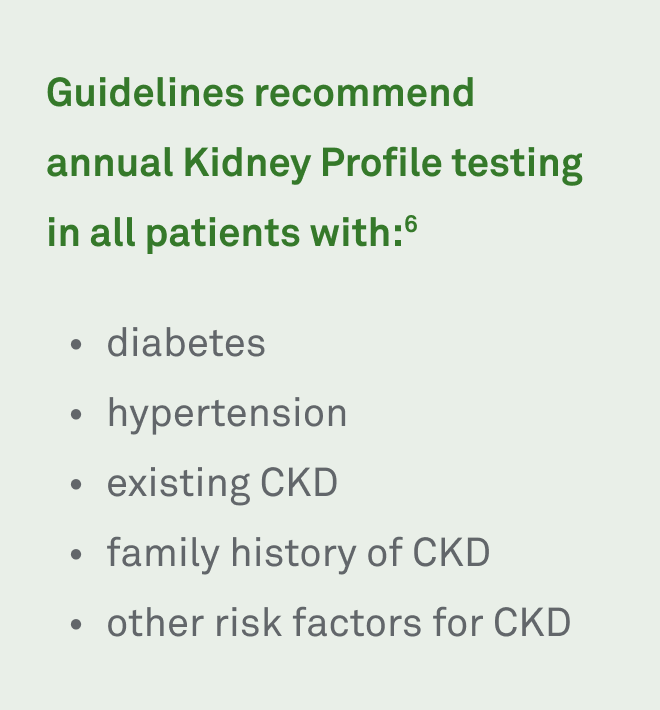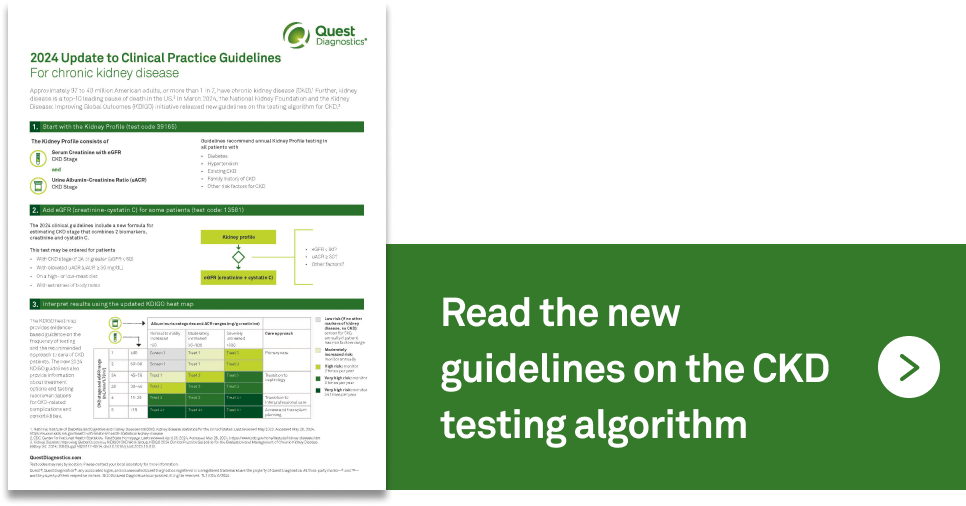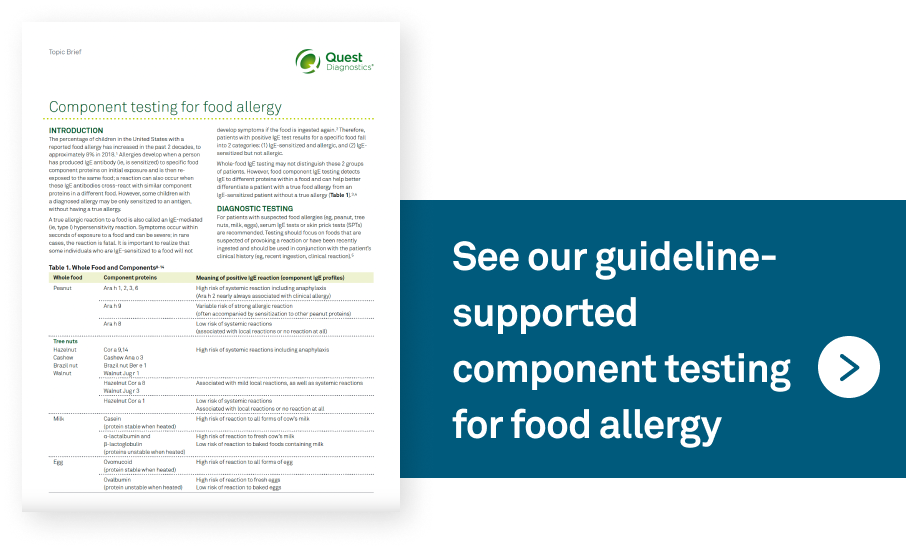February 2025

Discoveries, trends, and discussions in medical diagnostics
|
|
February is American Heart Month |
|
|
February is American Heart Month |
|
|
February is American Heart Month |
February is American Heart Month |
Let’s elevate awareness of heart-related health conditions
February is American Heart Month, a time to pay special attention to understanding, preventing, and treating heart disease—the leading cause of death in the US.1 Quest Diagnostics is joining leading health organizations in raising awareness about the importance of identifying and managing heart-related health conditions, including a heightened focus on the overlapping effects of obesity, type 2 diabetes (T2D), chronic kidney disease (CKD), and cardiovascular disease.
We offer comprehensive screening solutions, including a Metabolic Risk Panel and Kidney Profile. |
|
Our solutions can help you assess your patient’s risk in early stages, when identification is critical to help reverse or prevent serious illness. Read the articles below for more information.

|
Better outcomes |
Better outcomes |
Assess cardiometabolic risk to help improve patient outcomes
- Coupling HbA1c with the Insulin Resistance Panel can help identify risk for future metabolic conditions or diabetes at their earliest stages, potentially before permanent damage has occurred
- Measuring ApoB with triglycerides can help you assess changes in lipid metabolism that are associated with early stages of metabolic dysfunction
- LDL-C and non-HDL-C measurements can be used with ApoB to identify lipid discordance
Count on guideline-based CKD testing for earlier diagnosis
Listen to our podcast: The results are in on Alzheimer’s risk assessment

|
Better experiences |
Better experiences |
Target the right allergens to help protect patients
Achieving the Quadruple Aim in your practice
About Diagnostics Dialogue
- CDC. Heart disease. December 30, 2024. Accessed January 2, 2025. https://www.cdc.gov/heart-disease/php/heart-month/index.html
- Singh A, Bruemmer D. Cardiometabolic risk: Shifting the paradigm toward comprehensive assessment. JACC Adv. 2024;3(4). doi:10.1016/j.jacadv.2024.100867
- Liang X, Or B, Tsoi MF, et al. Prevalence of metabolic syndrome in the United States National Health and Nutrition Examination Survey 2011-18. Postgrad Med J. 2023;99(1175):985-992. doi:10.1093/postmj/qgad008
- CDC. A report card: Diabetes in the United States Infographic. Updated May 15, 2024. Accessed December 9, 2024. https://www.cdc.gov/diabetes/communication-resources/diabetes-statistics.html
- National Institute of Diabetes and Digestive and Kidney Diseases (NIDDK). Kidney disease statistics for the United States. Updated May 2023. Accessed May 28, 2024. https://www.niddk.nih.gov/health-information/health-statistics/kidney-disease
- Kidney disease: Improving global outcomes (KDIGO) CKD work group. KDIGO 2024 clinical practice guideline for the evaluation and management of chronic kidney disease. Kidney Int. 2024;105 (Suppl 4S): S117-S314. doi:10.1016/j.kint.2023.10.1018
- CDC National Center for Health Statistics. Allergy and hay fever. Updated March 1, 2021. Accessed September 6, 2021. https://www.cdc.gov/nchs/fastats/allergies.htm









